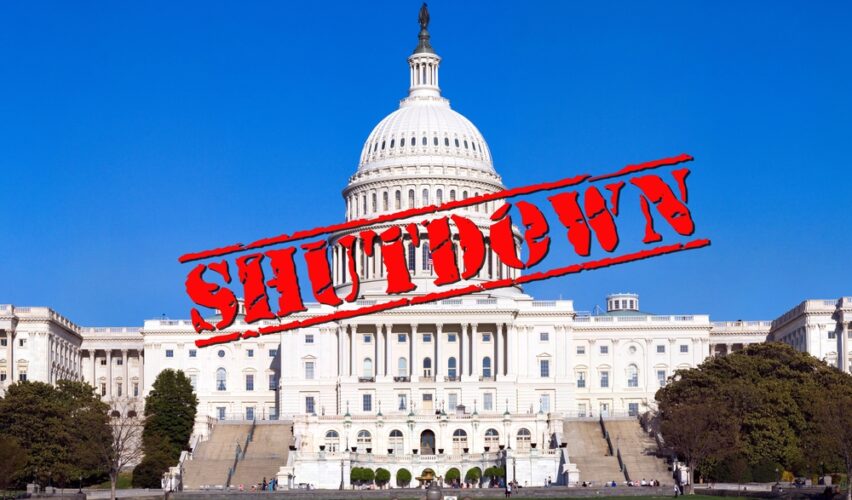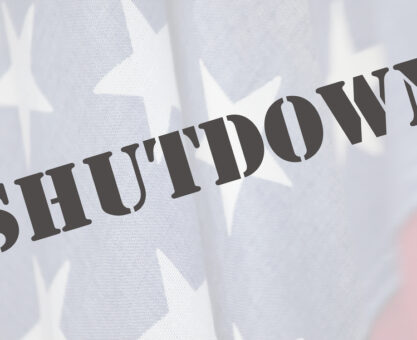As of midnight, there’s officially a government shutdown after Congress failed to pass funding legislation. For federal employees, this means immediate furloughs for many staff, while some agencies are also preparing to implement permanent layoffs, known as Reductions in Force (RIFs), even during the funding lapse.
What the Shutdown Means for Work and Pay
OPM has clarified that activities tied to RIFs, such as preparing notices and administrative actions, are considered “excepted functions.” This means certain employees may still be required to work during the shutdown to carry out these reductions.
Many employees will also receive furlough notices. For those temporarily furloughed, federal law guarantees back pay once funding is restored. Importantly, if the shutdown lasts long enough for an employee to be both furloughed and then separated via RIF, they will receive retroactive pay for the furlough portion up until the RIF separation date, but not beyond. Excepted employees required to work during the shutdown will also receive pay retroactively.
Agencies have flexibility to revise or withdraw RIF plans once appropriations are restored, particularly if separations have not yet taken effect. However, this shutdown guidance marks a sharper approach than past funding gaps, where temporary furloughs were the primary mechanism for managing a lapse in appropriations.
Impact on Federal Employees
For employees, this creates significant uncertainty. Some may hold both furlough and RIF notices simultaneously, with potential delays in payroll, retirement, and benefits processing if administrative staff are themselves furloughed.
Agencies Bracing for Deep Cuts
Some agencies face particularly heavy impacts: The Department of Defense (DoD) reports that nearly 335,000 civilian employees could be furloughed, about half of its civilian workforce. Health and Human Services (HHS) estimates roughly 41% of staff would be furloughed, with even deeper cuts at the CDC (64%) and NIH (75%). The Department of Education, NASA, and EPA typically furlough the majority of their staff. Smaller agencies plan to keep only a handful of staff on duty.
Shutdowns in Context
This government shutdown will be the 21st funding gap since 1977. The most recent shutdown was in December 2018, lasting 35 days, the longest in U.S. history. Many federal employees turned to food banks, and essential workers began calling in sick, citing an inability to afford gas and childcare.
This time, the added possibility of permanent layoffs on top of furloughs underscores how high the stakes are for federal employees and the services they provide.





















